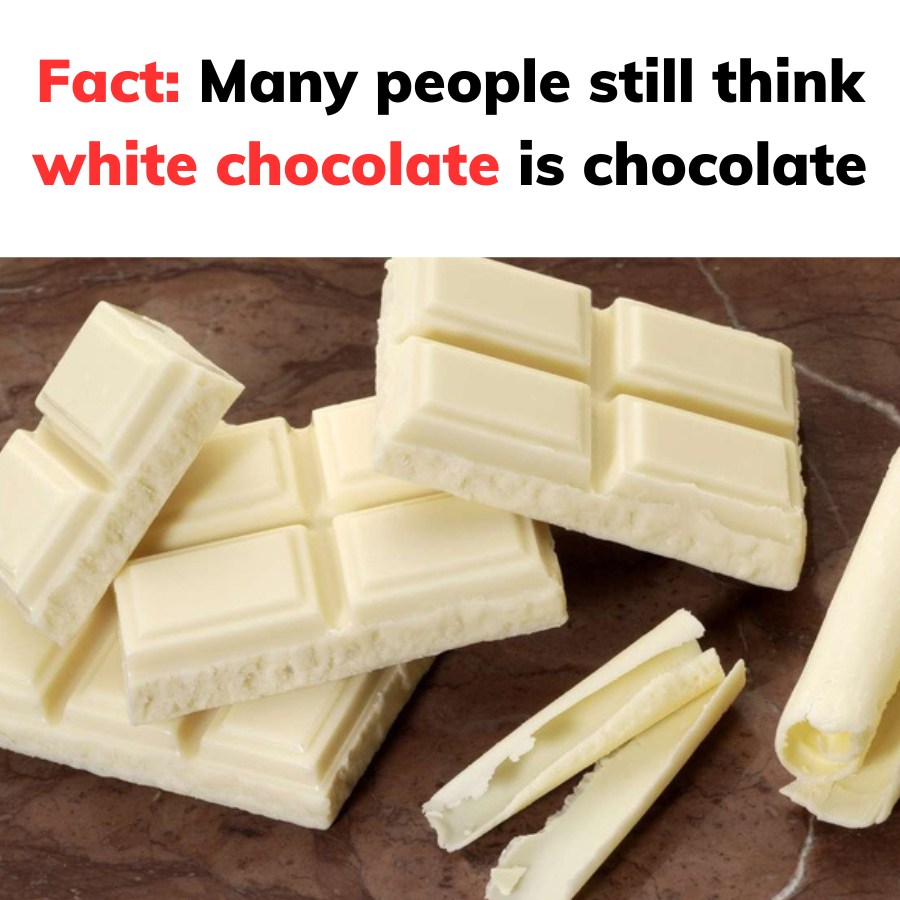White chocolate has long been a topic of debate among chocolate enthusiasts. Is it truly chocolate, or is it simply masquerading as one? The answer lies in the ingredients. Unlike traditional chocolate, white chocolate lacks one key component: cocoa powder. Despite this, it remains a beloved treat, especially for those with a sweet tooth or a penchant for creamy, sugary flavors.


What Makes White Chocolate Unique?
White chocolate stands out immediately with its creamy ivory color, contrasting sharply with the deep, rich tones of traditional dark and milk chocolate. While it doesn’t contain cocoa powder, which defines “real” chocolate, white chocolate draws inspiration from classic chocolate-making methods, creating a product with its own distinct appeal.
Often referred to as milk chocolate in certain contexts, white chocolate is crafted to highlight its smooth, sweet, and creamy profile. This makes it a favorite for individuals who prefer a milder, dessert-like experience rather than the bold, bitter notes of dark chocolate.
How Is White Chocolate Made?
White chocolate owes its creamy texture and flavor to its primary ingredient: cocoa butter. This key component is derived from cocoa beans, just like the ingredients in dark and milk chocolate. Here’s how it’s made:
- Cocoa Bean Processing: Cocoa beans are cleaned to remove impurities.
- Cocoa Butter Extraction: The beans are hydraulically pressed to extract pure cocoa butter, a process also used in the production of dark and milk chocolate.
- Mixing Ingredients: Cocoa butter is then combined with sweeteners, milk solids, and additional additives to create the creamy texture and sweet flavor unique to white chocolate.
The absence of cocoa powder results in a product that is visually and texturally distinct, offering a completely different chocolate experience.
Why Doesn’t White Chocolate Melt as Easily?
One of the most fascinating features of white chocolate is its resistance to melting at room temperature. Unlike dark or milk chocolate, a white chocolate bar can sit out without losing its shape.
This is due to the high melting point of cocoa butter, which remains solid between 68°F and 86°F (20°C to 30°C). This property not only makes white chocolate more shelf-stable but also adds to its appeal as a treat that can withstand warmer conditions better than traditional chocolates.
Is White Chocolate Truly Chocolate?
The burning question: does white chocolate qualify as “real” chocolate? The answer is no—at least not by the strictest definitions. Traditional chocolate must contain cocoa powder, an ingredient absent from white chocolate’s recipe.
Without cocoa powder, white chocolate lacks the earthy, slightly bitter flavors that define dark and even milk chocolate. Instead, its flavor profile is sweet, creamy, and entirely devoid of the robust characteristics of its cocoa-rich counterparts.
This difference in taste and composition makes white chocolate appealing to a different audience. Those who prefer a milky, sugary treat gravitate toward white chocolate, while purists may dismiss it as an imposter in the chocolate world.
The Verdict: Sweet, Unique, and Here to Stay
While white chocolate may not fit the technical definition of chocolate, it has carved out its own space in the confectionery world. Its smooth texture, melt-resistant properties, and indulgently sweet flavor make it a favorite for many.
Whether you’re a die-hard chocolate purist or simply enjoy a creamy treat, white chocolate proves that it doesn’t have to meet traditional standards to be delicious. It’s not just “not chocolate”—it’s something uniquely its own.





